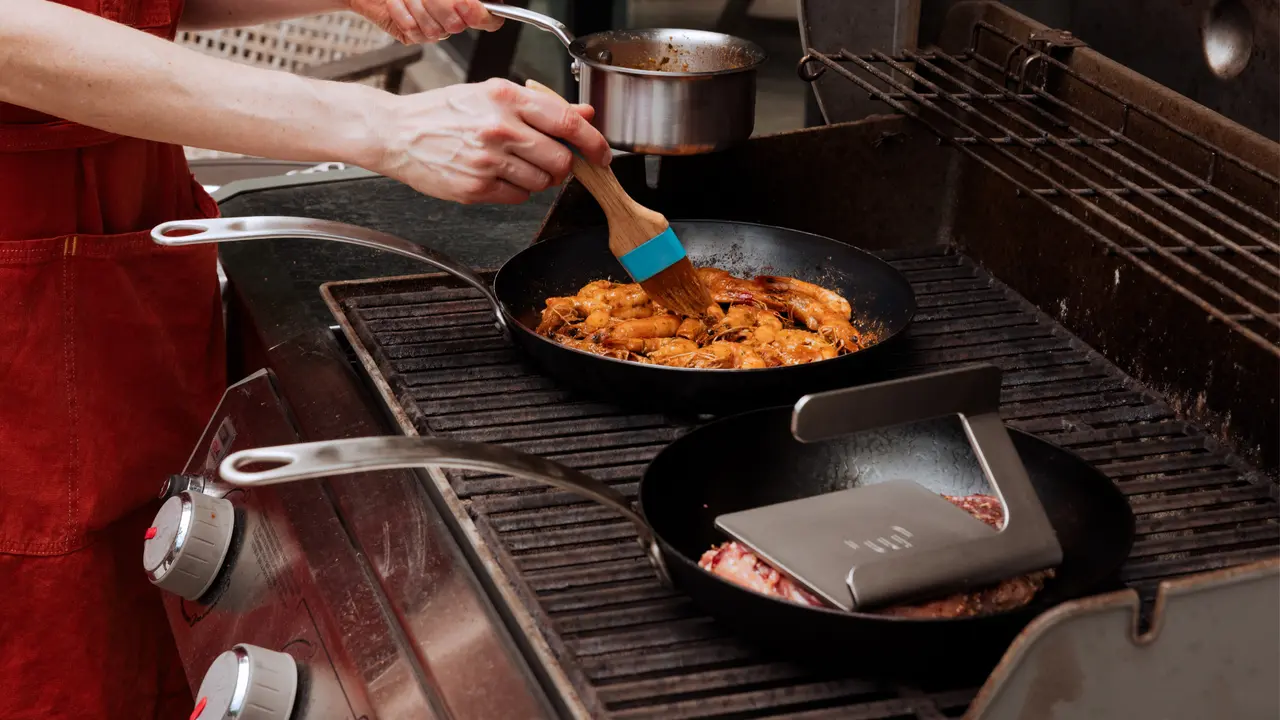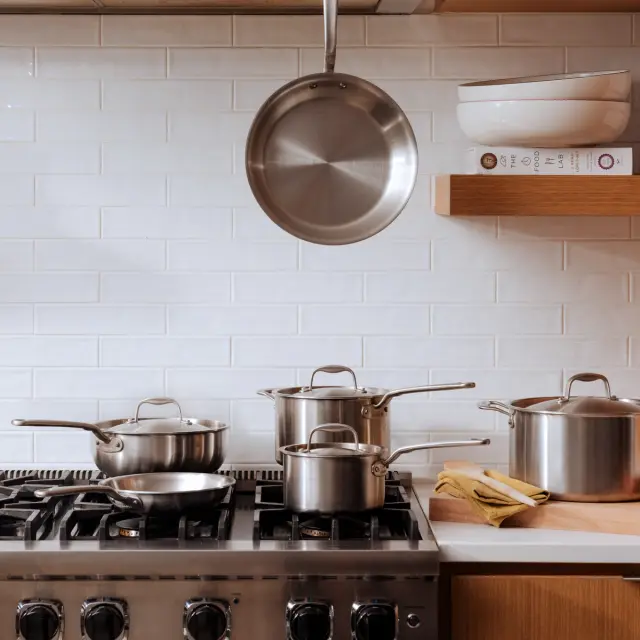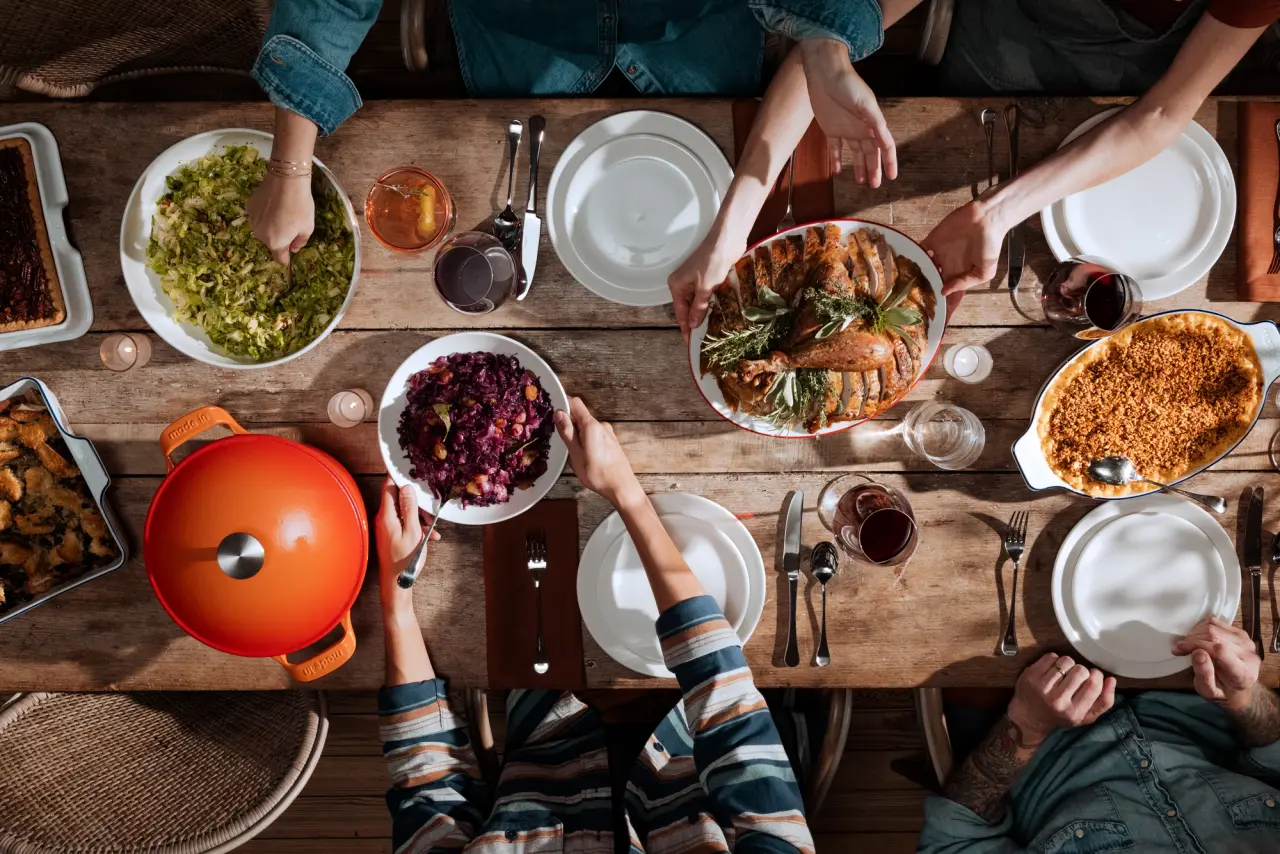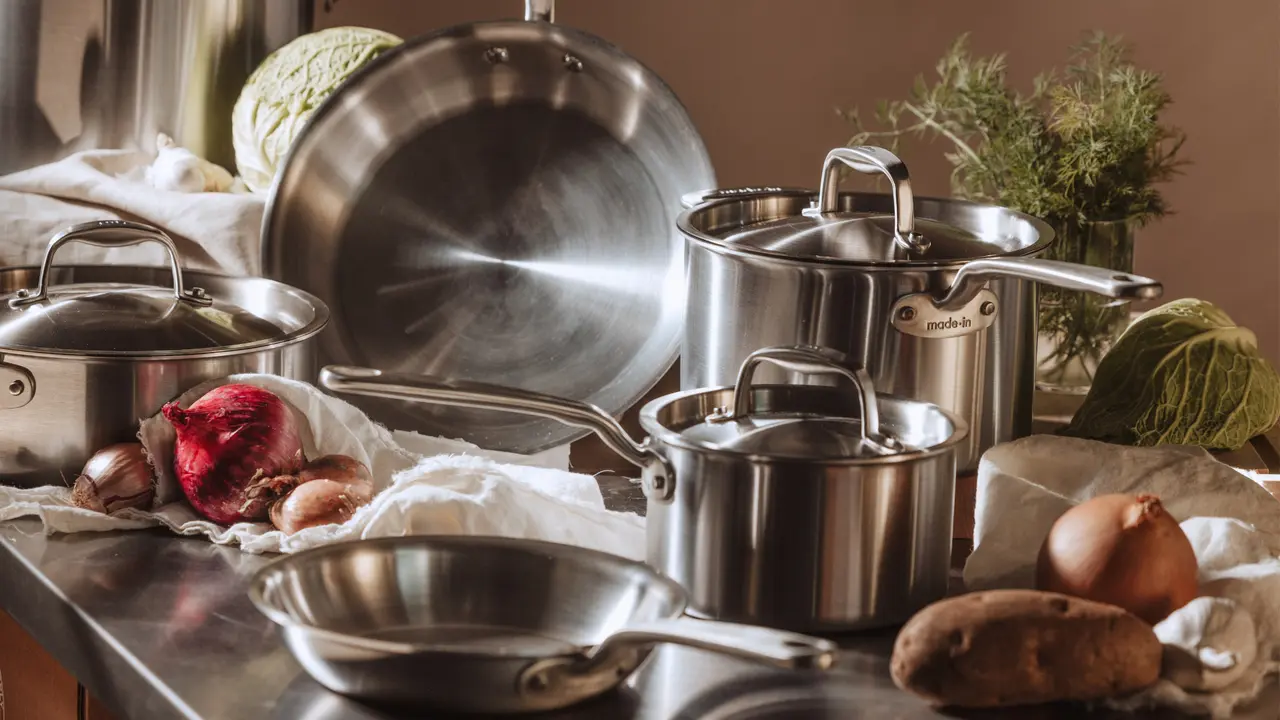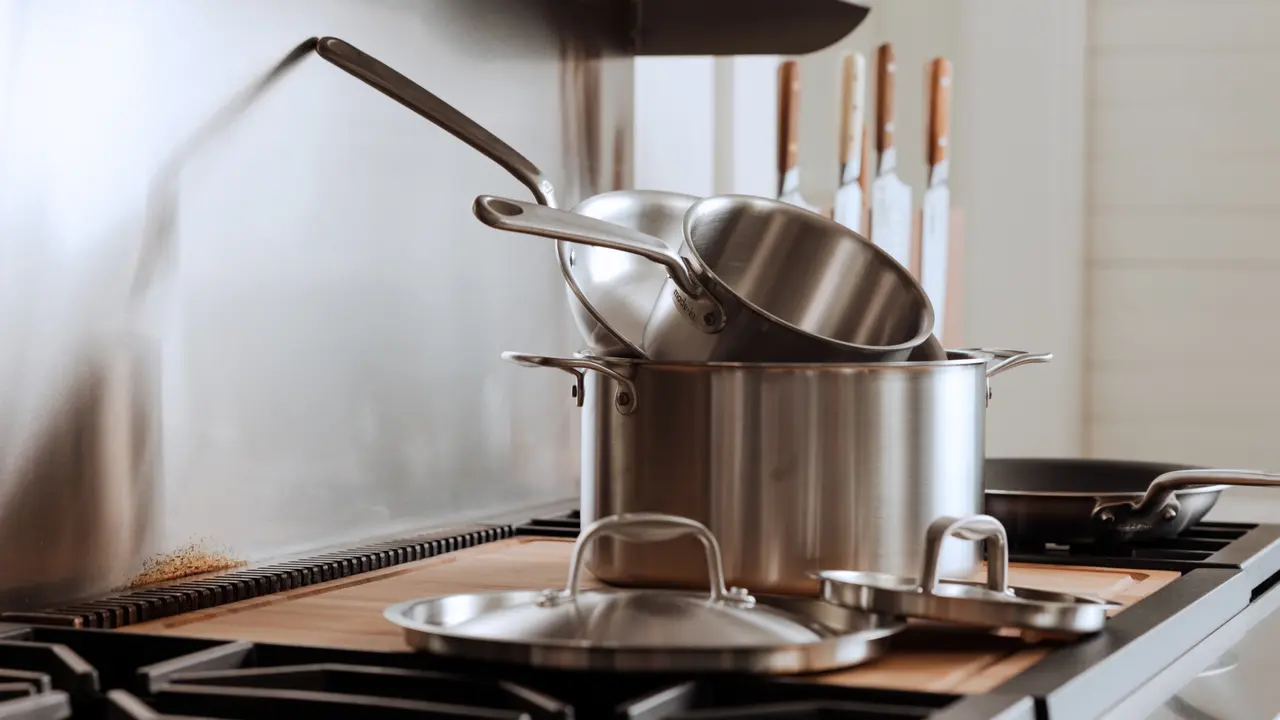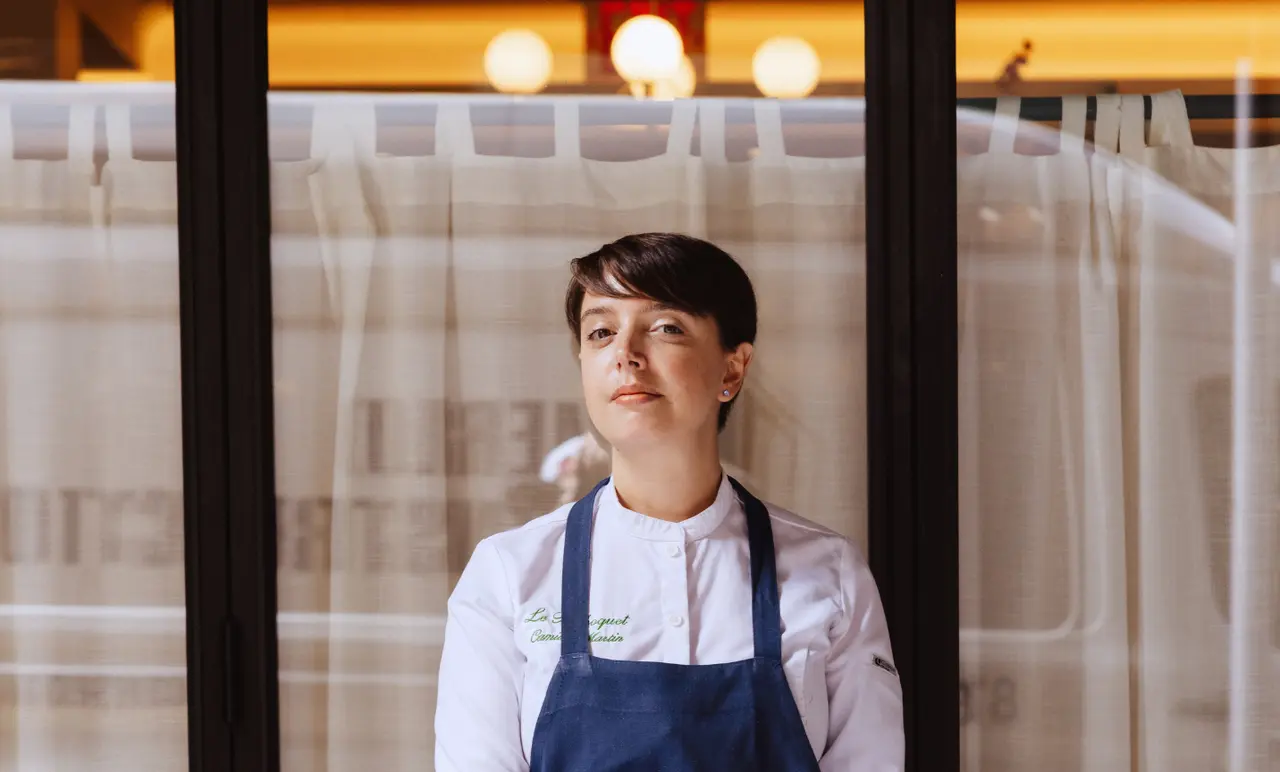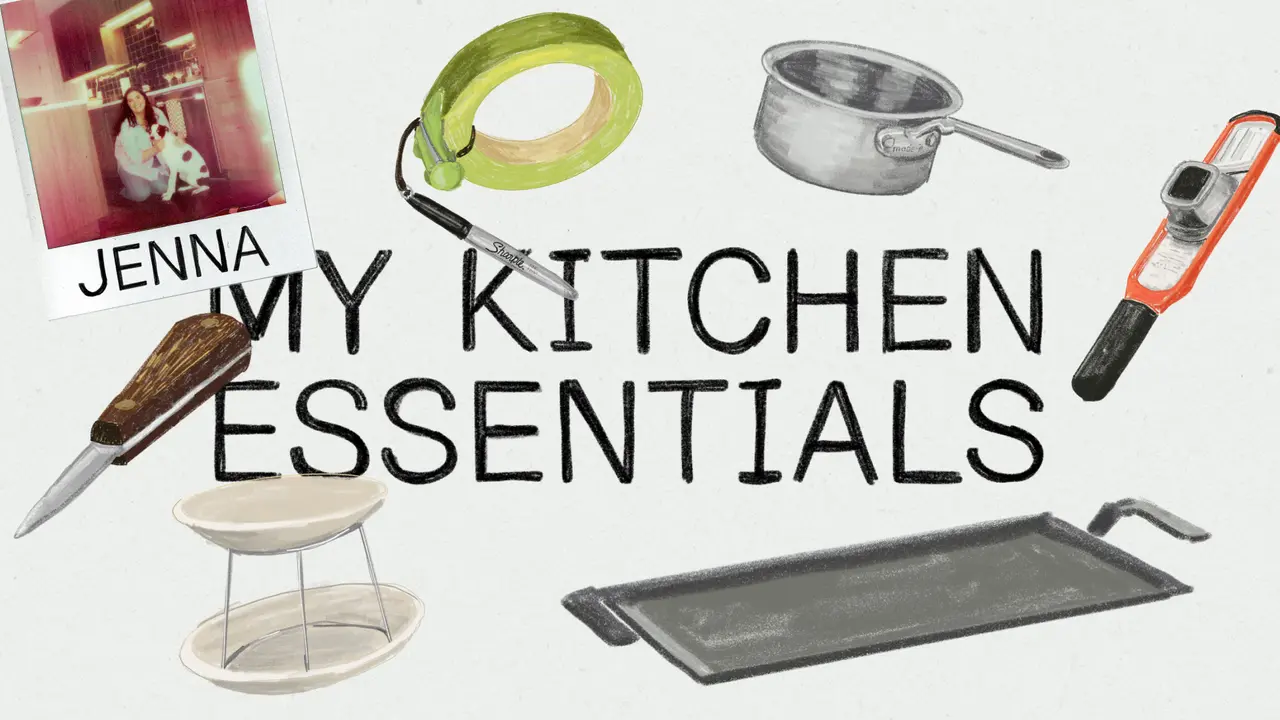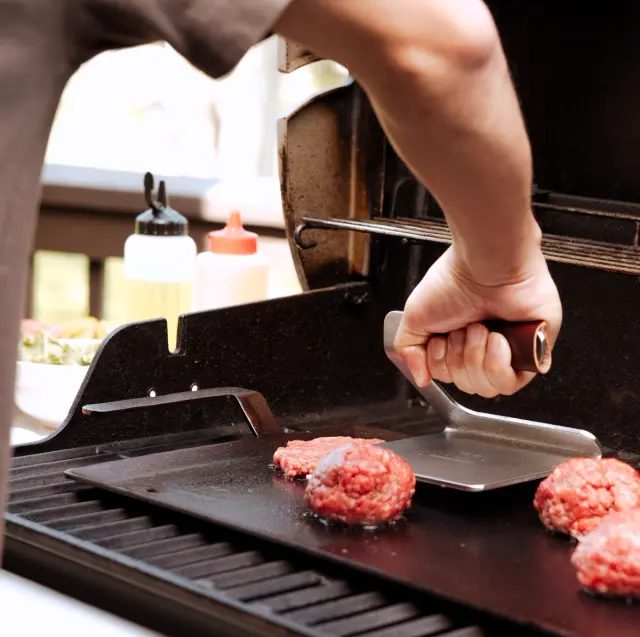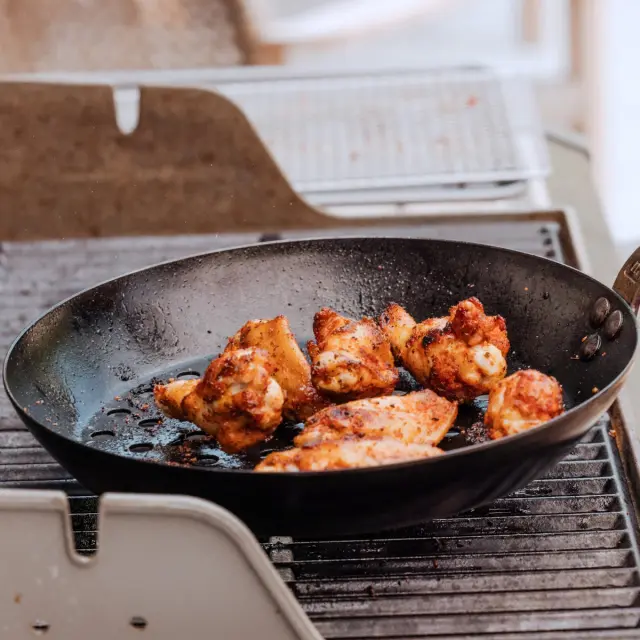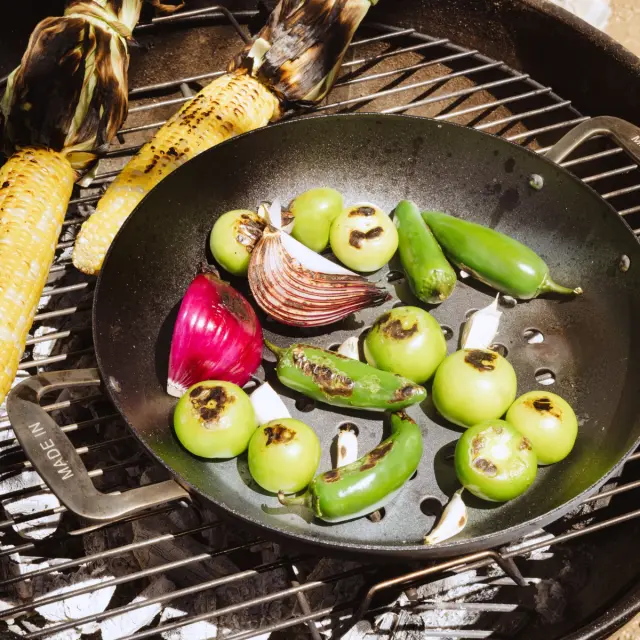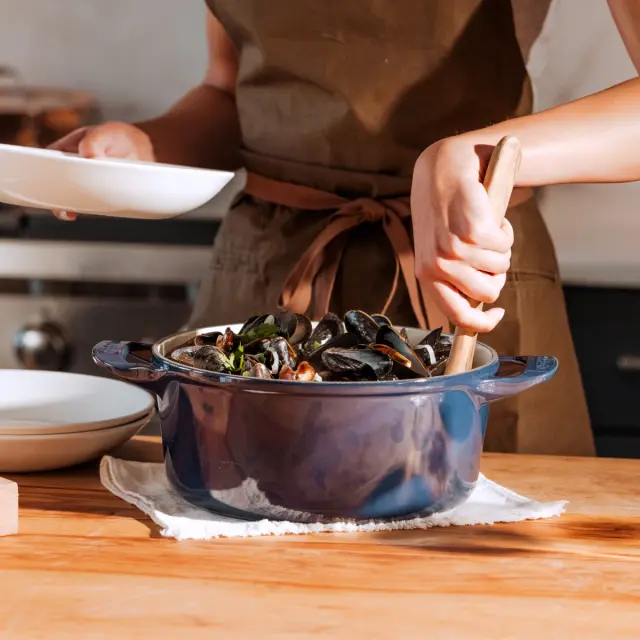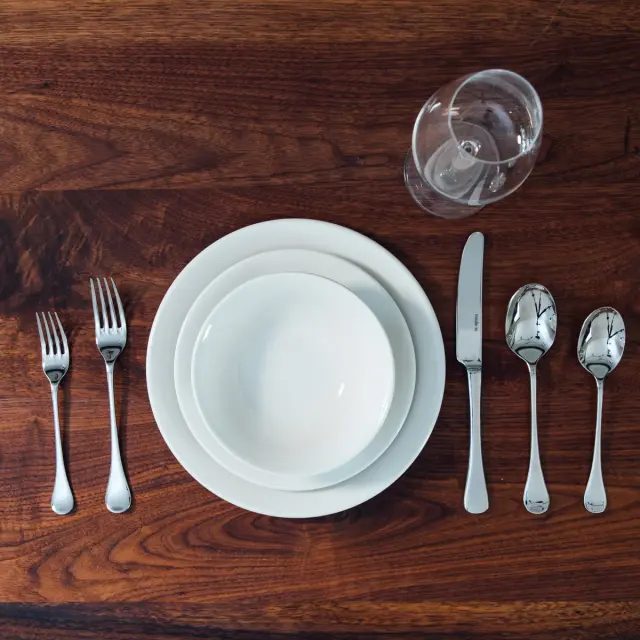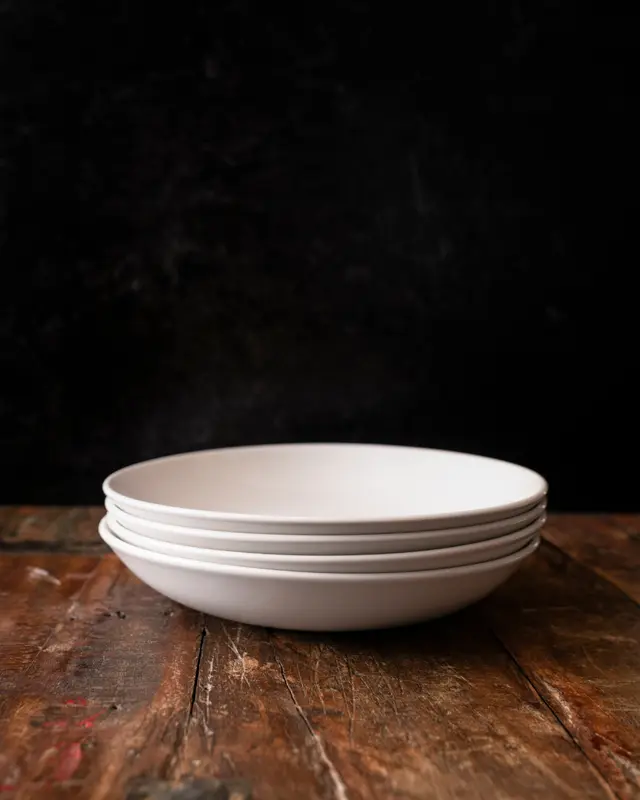It’s hard for me to remember when I started caring so much about whole grains; probably when I first started making bread, in the early ‘70s. But my daughter Kate loves to tell the story of her “everyday” (she says) school lunch: natural peanut butter (i.e. REAL peanut butter) and jam on “dense” whole wheat bread, a piece of fruit, and one cookie. Listen: These days, my kids thank me often for raising them to eat real food.
Nowadays, though, I’m … a fanatic. I make bread religiously, but never white; I eat every kind of grain you can imagine—farro, oats for any meal, buckwheat, millet—and am always trying to incorporate these grains into everyday foods like the aforementioned bread, pancakes, and, of course, baked goods. In Bittman Bread, published three years ago, you’d have to try pretty hard to find white flour, even though that book includes recipes for sandwich bread, soft pretzels, cinnamon rolls, focaccia, pizza, and waffles.
New home bakers have figured out the appeal of baking as relaxing, habit forming, fun—something to display on social media, of course. All this is true with baked goods made from white flour, so the question is, why are we not using more whole grains?
They are better, after all: Not only better for us in every way (especially in the realm of fiber, micronutrients, and lack of ultraprocessing), they have way more flavor than white flour, which has no flavor at all. When you update an old-fashioned technique and combine it with whole-grain, you can make fantastic stuff, stuff that’s not only healthier but far fuller tasting, more complex, and satisfying than what you’re (probably) used to.
Incorporating whole grains into baked goods is not new, of course, but if you’re not familiar with how to substitute, it can be a little tricky. Still: Once you play around with substitutions and you see what works for you, it’ll become a no-brainer.
Let’s start simply. Today’s recipe, for Everything Bars, turns a loaded cookie into a bar—a whole wheat bar, but no one needs to know. It’s still a beloved “bar cookie,” just with a nod to whole grains. And for your own whole wheat flour experiments, a good rule of thumb for replacing a portion of all-purpose or bread flour in your baked goods is to start with substituting in half whole wheat. If that goes well, see where it takes you.
I am so thrilled to be sharing my thoughts and experiences with you for Made In, one of my favorite brands. I’ll be back next month!


